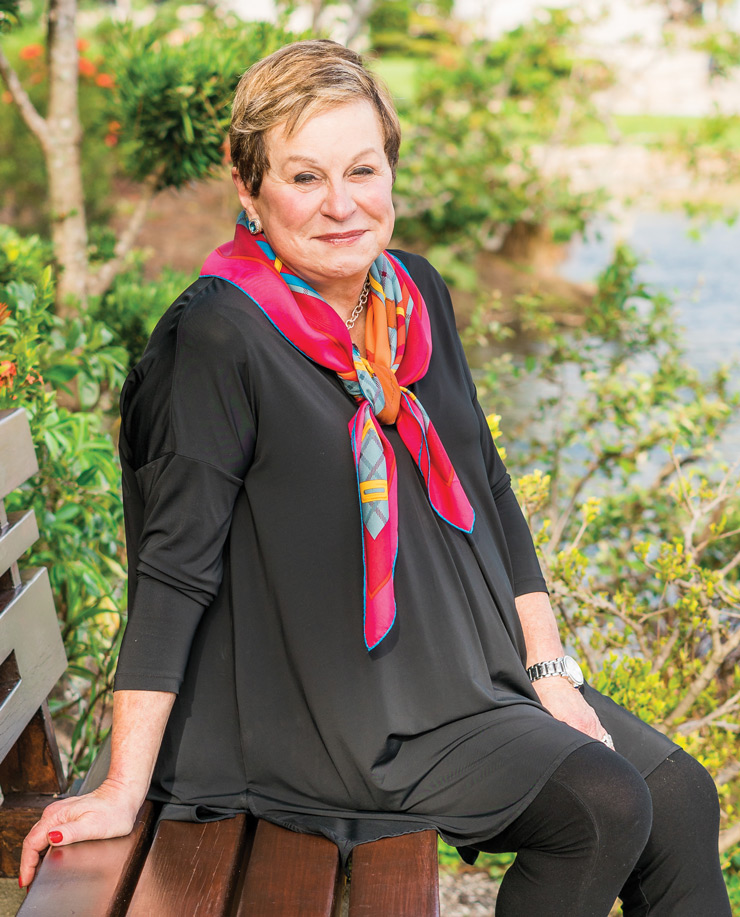CiCi Turner Zahringer first walked through the Morikami Museum 17 years ago. Her father, a former trustee and board member, took her and her son to see the orchids, walk the gardens and attend a festival. After that initial visit, the museum became a go-to family destination—and eventually, the place Zahringer would call home.
Following in her father’s footsteps, Zahringer, who worked as a stockbroker on Wall Street before raising four children as a single mother, became a board member of the museum. She served in this role for two years before becoming president. The title was officially bestowed in the summer, and since then, she has worked to celebrate and enforce the changes the museum has undergone since its inception 40 years ago.
The Morikami Museum began as a piece of land gifted by George Sukeji Morikami, one of the last remaining settlers of the Yamato Colony, a Japanese farming community that moved to northern Boca Raton in the 1900s. But plans to colonize the area depleted as the landscape wasn’t ideal for crops, and by the mid-1970s, a majority of the community left the area. To honor the Yamato Colony, the Morikami Museum was built on the gifted land, and since then, it has grown tremendously.
“I’ve seen it change so much over the years; what started 40 years ago as a gift of 200 acres of land [and a] one-room museum [has become] what we have today—and that has all taken place over the last 20 years,” Zahringer says. “Now that the 40 years are up, we are ready to make that next step to become even better.”
That next step involves expanding the museum’s reach and tailoring its programs for a younger generation. To do this, the theater was recently renovated to make room for film, art and outreach programs for children, through which the museum visits schools and works with teachers on curriculums or has schools come there to learn about art, music and the facility. “We realize our children are our greatest gift, and we want them to grow up and be very successful and well-rounded and give back to the community, which we teach through our programs,” Zahringer says.
And while many past presidents have worked to expand the museum, Zahringer’s approach is different. Unlike many board members, visitors will find Zahringer on the grounds of the museum almost every day, something she finds necessary for success. “I go in practically every day because I feel it is important in order to serve the institution, to get to know its members and get to know the staff and know how it operates,” she says. “I want people to know me and be used to seeing me around—I really approach it as a full-time job.”
Zahringer’s daily visits have created a relationship between the trustees and staff that resembles a family. And on the topic of family, Zahringer’s own son and his future wife plan to marry at the museum. “Everyone at the Morikami will be my guest because they’ve become a large family,” she says.
This year, that Morikami family will work together to expand their reach globally and internationally, adding programs and updating facilities. “I think it’s an incredible institution and to have the opportunity at this point in its history is very important to me,” Zahringer says.











Facebook Comments